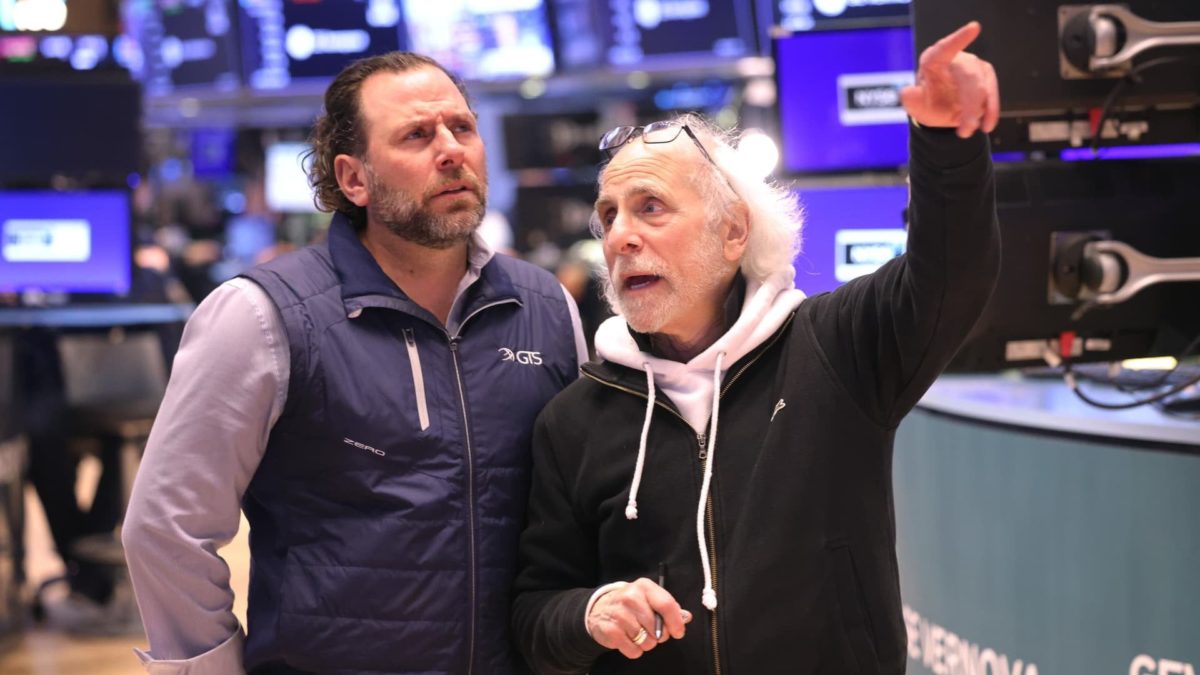
On Friday, the Bureau of Labor Statistics reported the latest monthly payroll data for the U.S. economy. Total employment rose by 175,000 in April. The unemployment rate rose slightly to 3.9% from 3.8% in March.
That came in below estimates of 240,000 jobs for April.
The softness in the jobs report was greeted with some positive reactions. Stock futures jumped after the news. Concerns about the U.S. economy have been focused on overheating — whether inflation will continue to rise and force the Federal Reserve to keep interest rates higher in an effort to slow the economy and bring rising prices under control.
Jason Furman, who served as President Barack Obama's top economic advisor, said on CNBC's “Squawk Box” that it was a “goldilocks” report, showing an economy that could be headed to the soft landing of reasonable inflation and low unemployment.
“The bottom line is this report is quite reassuring,” said Furman, who now teaches at Harvard.
It's not that America is only — or even mostly — producing low-wage jobs. The health care industry continues to lead the employment boom, with an approximately 4.5% gain in payrolls over the past year, equating to some 750,000 new jobs. Other industries seeing strong growth include government jobs, certain sectors of social work, travel, tourism and the arts — alongside some manufacturing sectors.
But the overall labor market remains at something of a standstill, as seen in a report earlier this week showing the hiring rate continuing to drift sideways. At the same time, the rate of workers quitting or being laid off is also not showing much change. Economists led by Guy Berger at The Burning Glass Institute research group call it the “great stay.”
